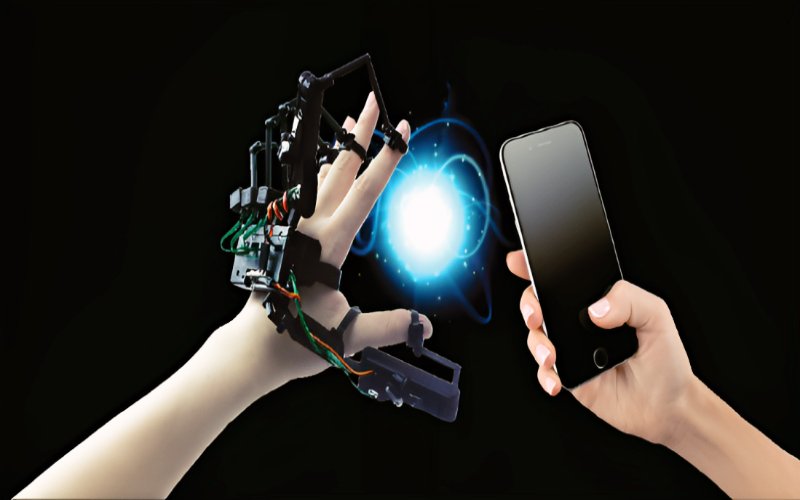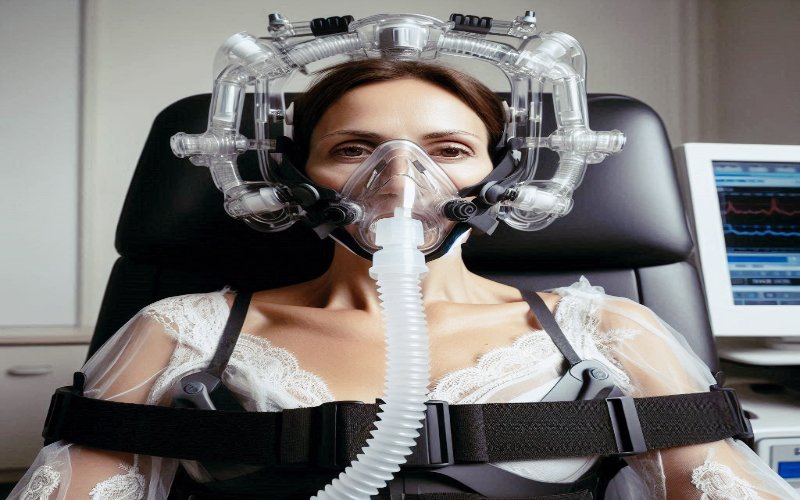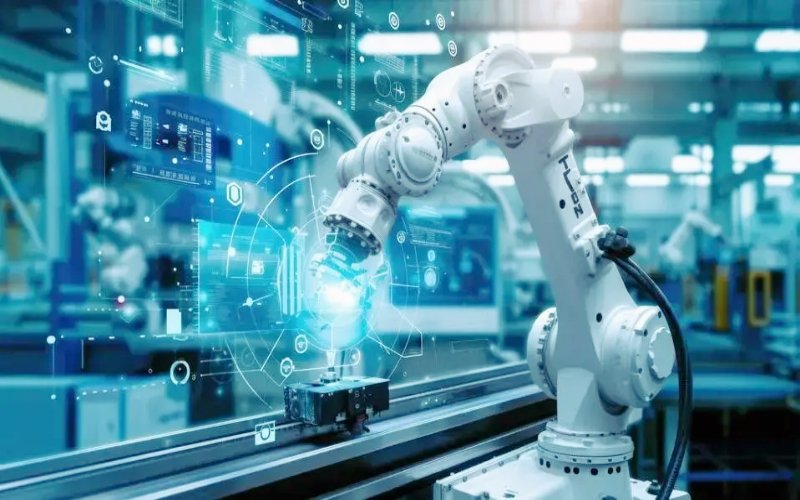Haptic Feedback Technology is shaping the way we interact with devices and virtual environments. From gaming consoles to medical simulations, this technology offers more engaging, immersive experiences by providing tactile feedback. Whether it’s a simple phone vibration or a complex touch-based simulation, haptic feedback is revolutionizing various industries.
In this post, we’ll dive into what Haptic Feedback Technology is, explore its applications across different fields, and examine the future possibilities for this growing field.
What is Haptic Feedback Technology?
Defining Haptic Feedback Technology
Haptic Feedback Technology refers to the technology that communicates with users by engaging their sense of touch. In simpler terms, it involves creating vibrations, motions, or forces that simulate real-world physical interactions. This technology allows users to “feel” digital interactions, making it an essential feature in devices such as smartphones, gaming controllers, and virtual reality systems.
For example, the vibration you feel when receiving a text message on your phone is a basic application of Haptic Feedback Technology. However, more advanced versions simulate textures, forces, and even resistance.
Types of Haptic Feedback Systems
There are various types of haptic feedback systems:
- Force Feedback: This system provides resistance or pressure to simulate physical interactions.
- Vibrotactile Feedback: The most common type, often found in mobile phones and wearables, that delivers small vibrations to the skin.
- Electrotactile Feedback: Uses electrical signals to stimulate skin and nerve endings, offering a more detailed tactile experience.
Each type of system serves a specific purpose and is designed to enhance user interaction across different platforms.
Applications of Haptic Feedback Technology in Virtual Reality
Enhancing Immersion in Virtual Worlds
In Virtual Reality (VR) environments, Haptic Feedback Technology provides users with an enhanced sense of touch, improving the realism and depth of the experience. When using VR systems, users can feel the texture of objects, the resistance when they try to push them, or even the impact of a virtual hit, making the experience incredibly immersive.
As Haptic Feedback Technology becomes more sophisticated, VR applications in gaming, training, and entertainment will likely evolve, providing deeper and more realistic virtual interactions.
Augmented Reality and Haptics
In addition to VR, Augmented Reality (AR) systems are also leveraging haptics to provide real-time physical feedback. This adds another layer of engagement, allowing users to interact with both digital and physical worlds simultaneously.
Wearable Devices and Haptic Feedback
Smartwatches and Fitness Trackers
Wearable devices such as smartwatches and fitness trackers use Haptic Feedback Technology to deliver notifications and prompts through subtle vibrations. These vibrations alert users to incoming calls, messages, or reminders without the need for audio signals.
Fitness trackers also incorporate haptics to guide users during workouts or remind them of activity goals, offering a more interactive and responsive user experience.
Medical Applications of Wearables
In healthcare, wearable devices use Haptic Feedback Technology to assist with medical alerts and physical rehabilitation. For instance, devices designed for stroke patients can provide tactile cues that help them regain movement by simulating muscle resistance.
Haptic Feedback Technology in the Automotive Industry
Enhancing Safety and User Experience
The automotive sector is increasingly adopting Haptic Feedback Technology to improve driver safety. For example, many vehicles now feature steering wheels that vibrate when the driver veers out of the lane or when an obstacle is detected. This form of tactile feedback provides a non-distracting way to communicate critical information.
Touch-Based Controls
In addition to safety features, touch-based haptic controls are replacing traditional buttons in modern vehicles. Drivers can feel feedback through the dashboard controls, which reduces the need to look away from the road.
Gaming and Haptic Feedback Technology
Revolutionizing Game Controllers
In gaming, Haptic Feedback Technology has become a crucial feature in enhancing gameplay immersion. Modern controllers offer advanced vibrations that simulate actions like weapon recoil, footsteps, or environmental effects such as wind and rain. This tactile interaction allows players to feel connected to the game world, increasing engagement.
Full-Body Haptic Suits
Beyond handheld controllers, full-body haptic suits are gaining popularity in the gaming industry. These suits allow players to feel virtual impacts, providing a much more comprehensive and immersive experience. As this technology advances, it will significantly enhance how players interact with their favorite games.
Medical and Surgical Applications of Haptic Feedback Technology
Precision in Surgery
In the medical field, Haptic Feedback Technology plays an essential role in improving surgical procedures. By offering tactile sensations during remote or robotic surgeries, surgeons can feel tissue resistance, improving precision and reducing the chances of errors.
Training with Haptic Simulators
Medical students and professionals use haptic-enabled simulators to practice surgeries or other procedures, providing a realistic experience without the risks of actual operations. This training can help improve skills in a controlled, repeatable environment.
Educational Applications of Haptic Feedback Technology
Virtual Labs and Hands-On Learning
Haptic feedback is transforming the way students learn in virtual settings. Through haptic-enabled systems, learners can perform hands-on experiments in virtual labs, feeling the textures, weights, and resistance of virtual objects. This tactile engagement can significantly enhance learning, especially in subjects like engineering, chemistry, and biology.
Training for High-Risk Professions
Haptic feedback is also used in training simulations for high-risk professions such as aviation and heavy machinery operation. Trainees can experience the physical sensations of controlling machines, vehicles, or tools, building their competence and confidence before working in real-world environments.
The Future of Haptic Feedback Technology
AI Integration
The future of Haptic Feedback Technology may include integration with artificial intelligence (AI), creating even more responsive and personalized experiences. Devices could learn from user behavior and adjust haptic feedback accordingly, providing a more adaptive and immersive experience.
Expanding into New Industries
As Haptic Feedback Technology continues to grow, its potential applications are limitless. From online shopping experiences that allow users to “feel” products to haptic-enhanced digital art, the future possibilities are exciting and diverse. The continued refinement of this technology will undoubtedly shape the way we interact with the digital world.
Also visit on techitl.com.




